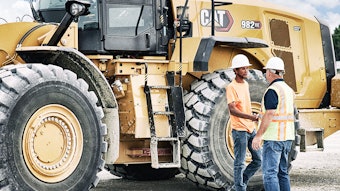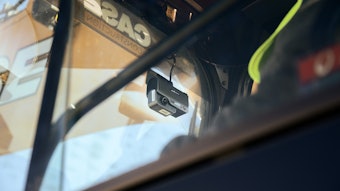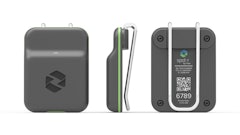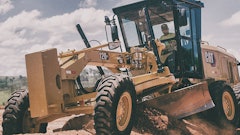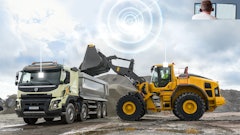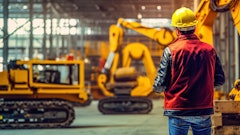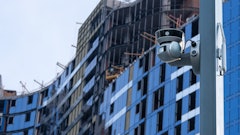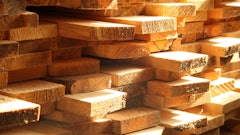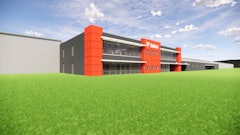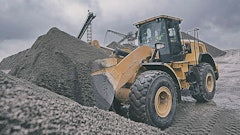
By Lonnie Fritz, Senior Market Professional, Construction Industries, Caterpillar Inc.
The latest report from the U.S. Bureau of Labor Statistics finds that a construction worker died every 99 minutes from a work-related injury in 2019. And a total of 5,333 fatalities on the job was the highest annual number since 2007. It’s not yet clear what’s causing this increase, but one thing’s for sure — we all need to be more vigilant about safe practices on the job. That includes these seven site hazards that construction crews often overlook.
1. Falls. According to OSHA, falls are the most common cause of construction injuries and deaths. All members of your team who work on sites with fall risks should receive regular fall protection training. Equip them with the proper protection equipment and train them how to properly use it when working around fall hazards. And if you use scaffolding on site, make sure it’s installed properly, and workers are supervised when using it.
2. Trenches. Always inspect trenches before workers enter them and after weather events like rain, snow, or ice to make sure there’s no danger of collapse. Most trenches require protective systems, and deep trenches require a protective system designed by a professional engineer. Refer to OSHA’s Excavation Standards for requirements.
3. Electrocution. When employees and equipment work in close proximity to power lines, utilities and electrical equipment, there’s a chance of electrocution. Know the distance requirements for power lines and only let properly trained individuals handle dangerous electrical equipment. Take advantage of onboard technology — like E-Fence on Cat® excavators — to keep machines and operators out of harm’s way.
4. Missing PPE. A lack of personal protective equipment (PPE) like hard hats, safety glasses or goggles, masks, gloves, work boots and high-visibility clothing puts workers at risk from falling or flying objects and exposure to chemicals, dust, and respiratory hazards. Provide your team with plenty of PPE for the job and hold them accountable for wearing it.
5. Lack of training. Accidents happen when workers aren’t aware of hazards or don’t know how to handle them. Provide hazard briefings and toolbox safety talks for every jobsite and crew, ensure all operators have the training and certification required for their machines, and make safety training frequent and accessible.
6. Digital distractions. You know texting and driving is dangerous — and it’s just as risky on the jobsite. Smartphones, tablets, and apps are essential in today’s construction environment, but make sure your employees know when it’s appropriate to use them and when it’s not. Set an example by never using your phone or tablet when driving, while operating equipment or in other risky situations.
7. Stress and fatigue. Work-related stress can increase fatigue, putting your crew at greater risk for accidents. Keep the lines of communication open and encourage employees to come to you if they’re experiencing issues. Don’t create a culture where workers are expected to “tough it out.”
There’s no way to eliminate every risk that comes with working in the construction injury, but you can — and should — take steps to manage those risks. Staying vigilant in these seven areas will go a long way toward ensuring all your employees go home safely to their families every day.





